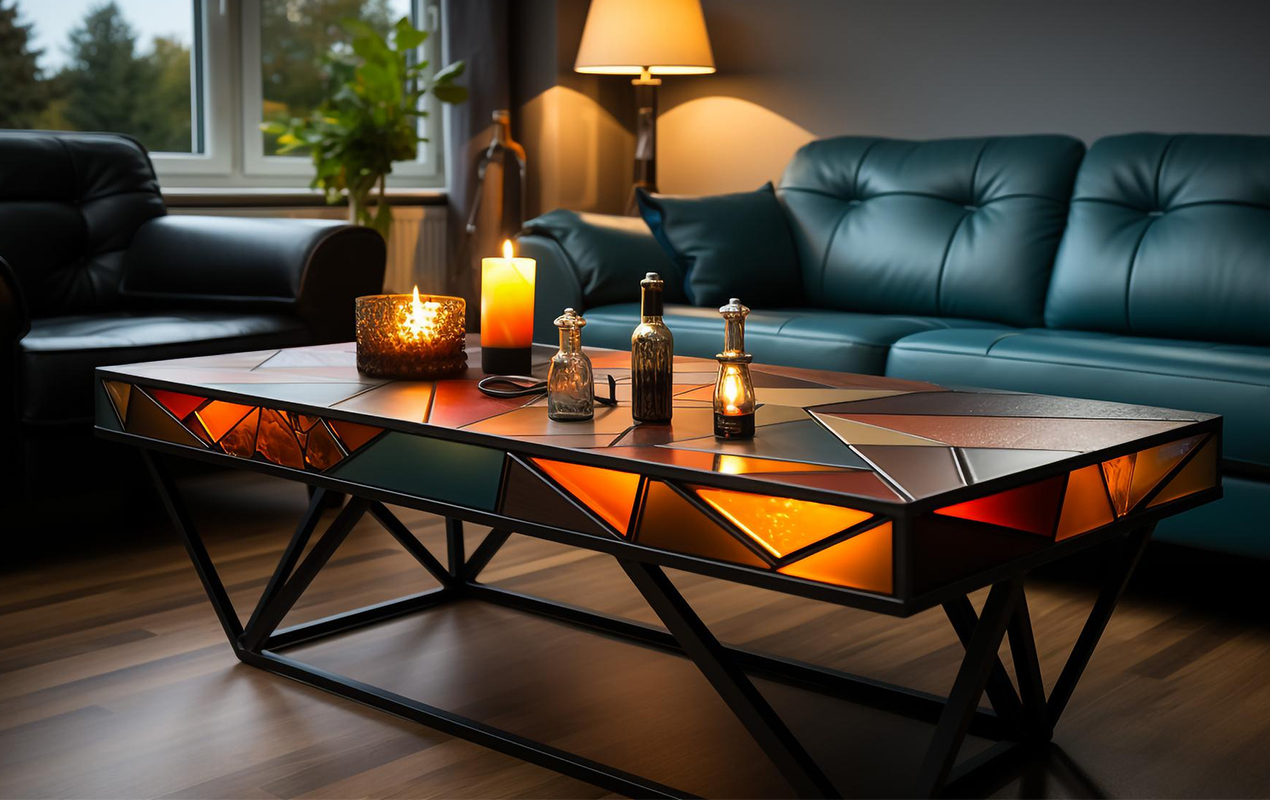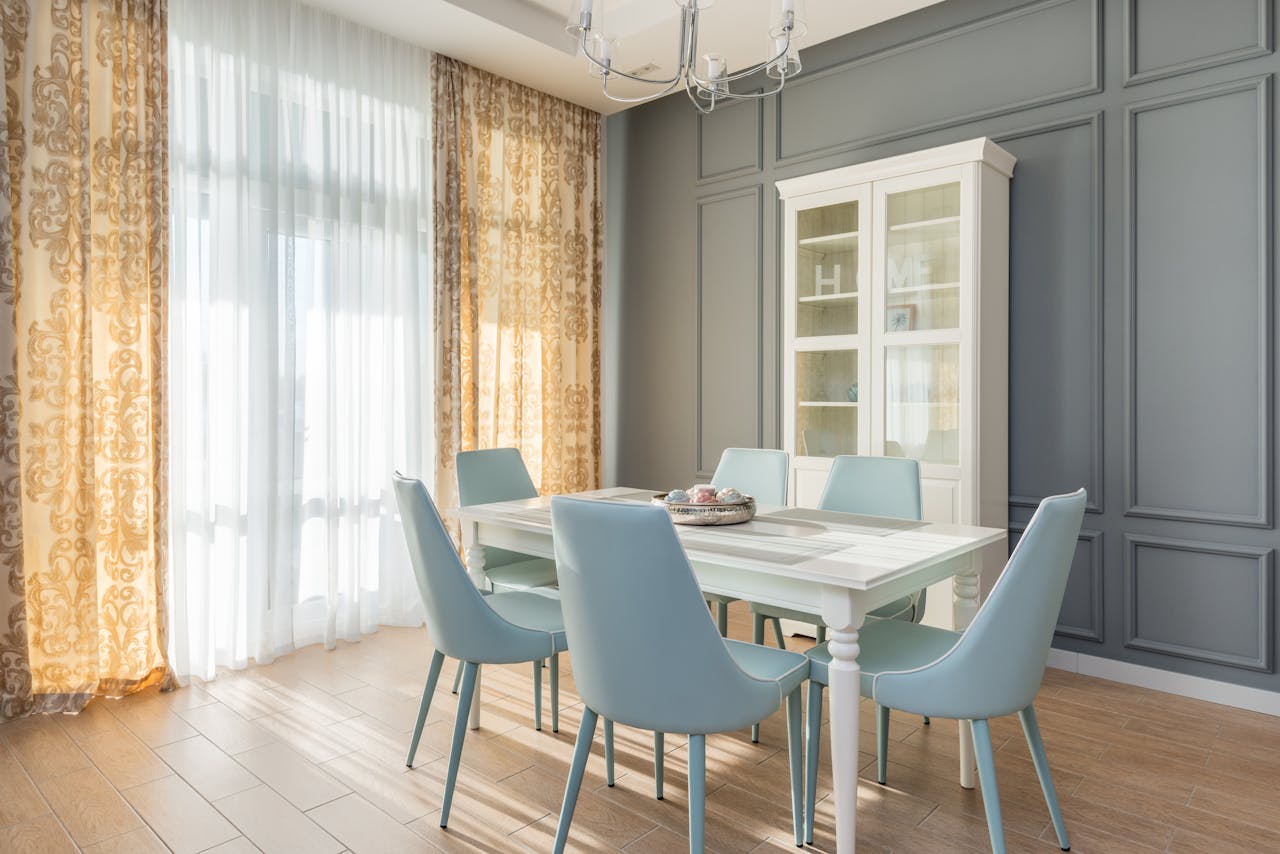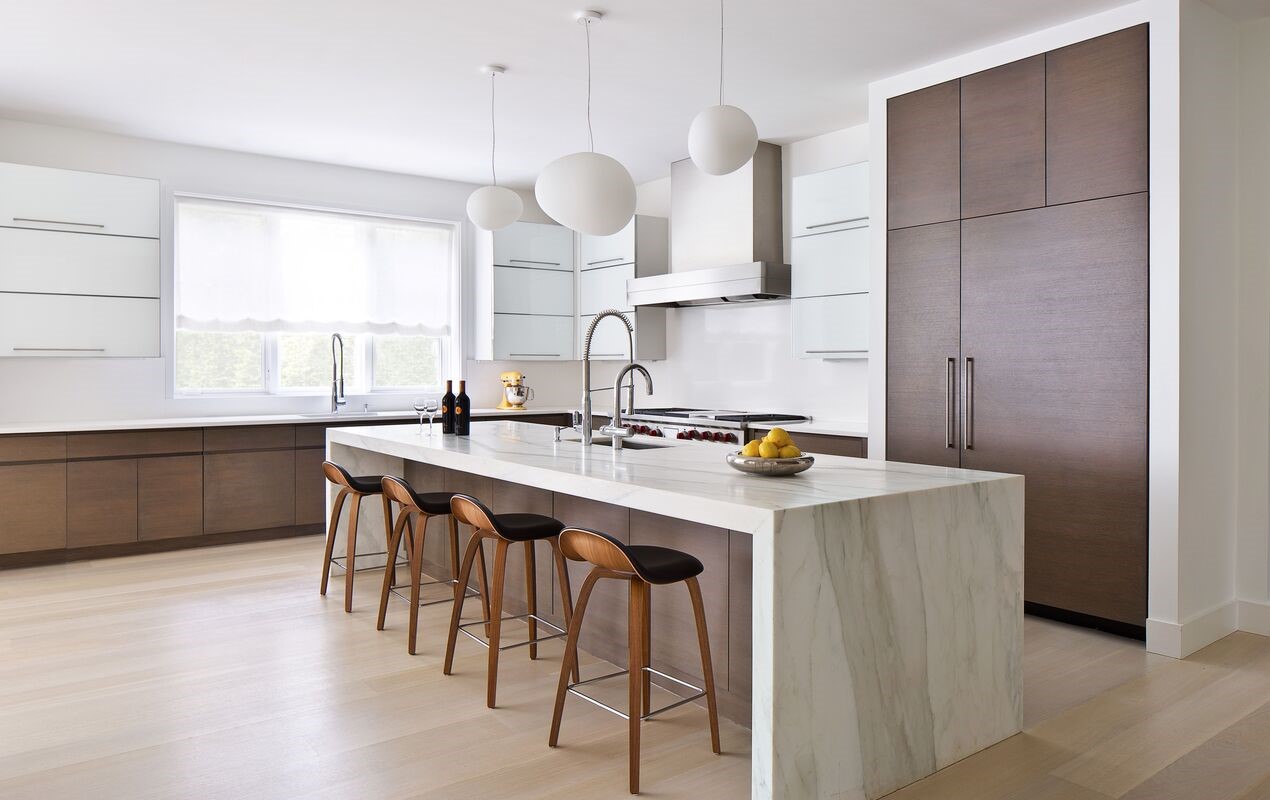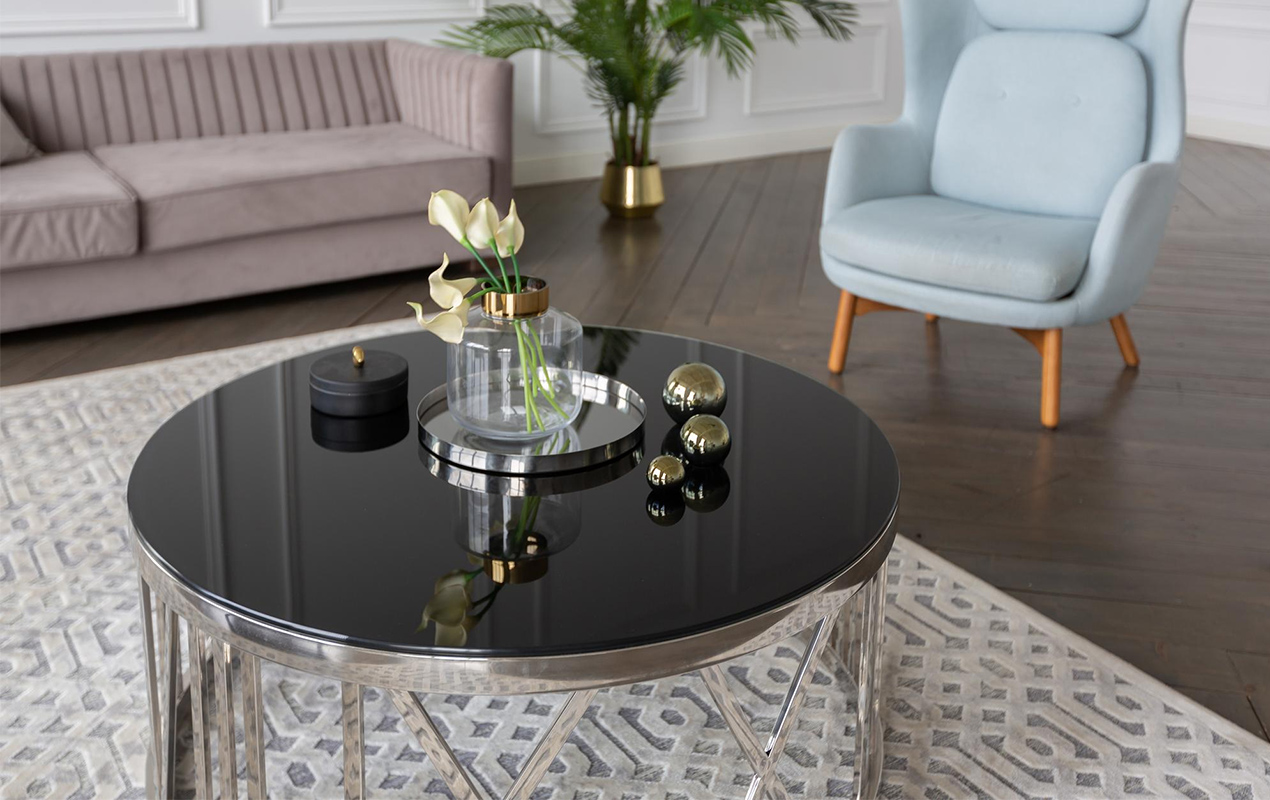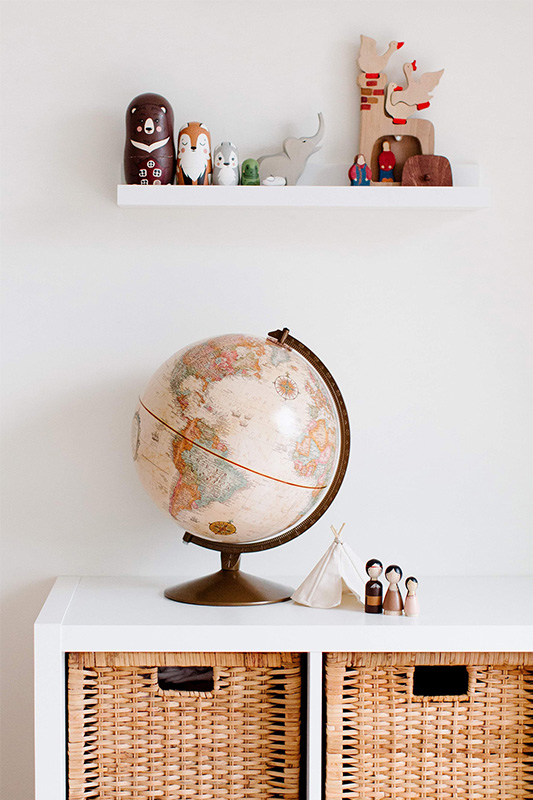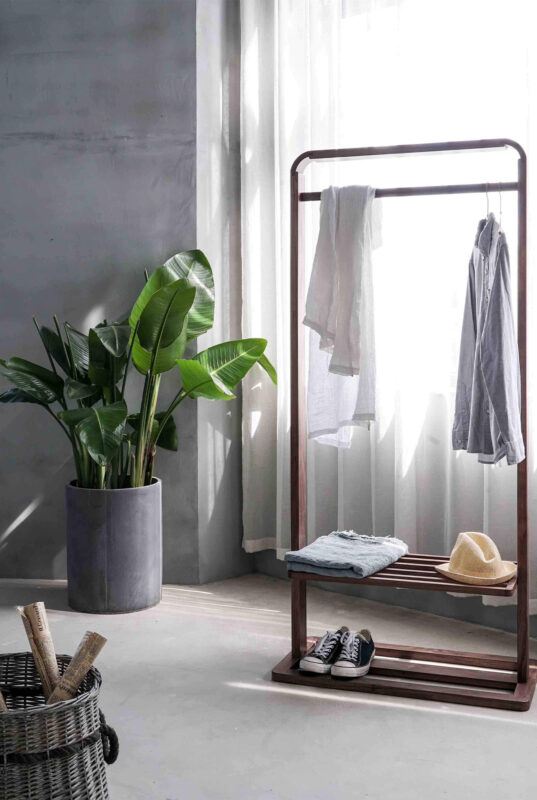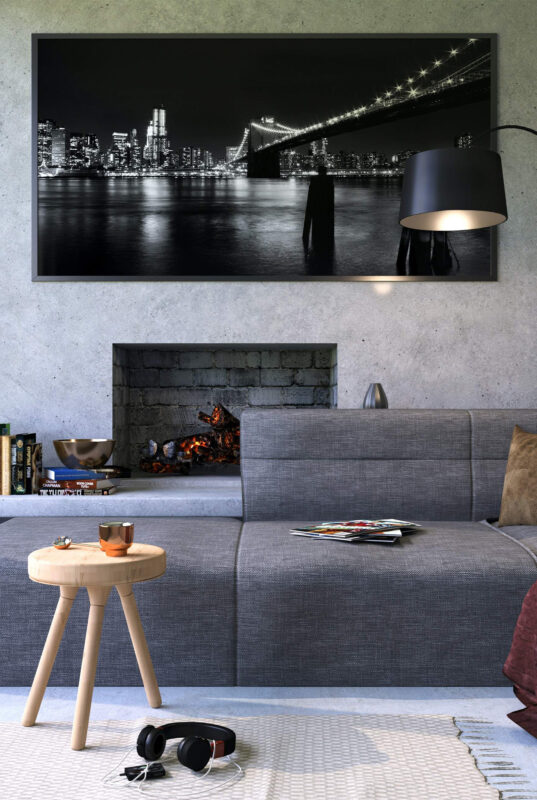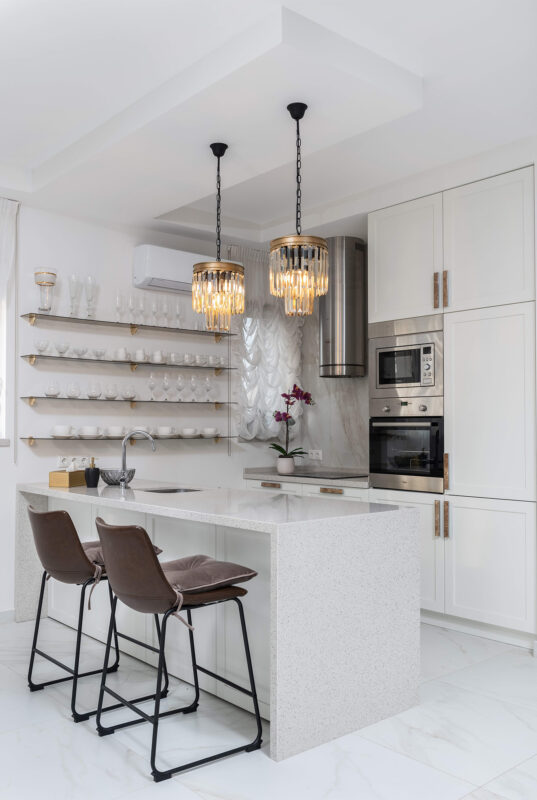Blog
Top Tips for Securing Your Home with Outdoor Padlocks
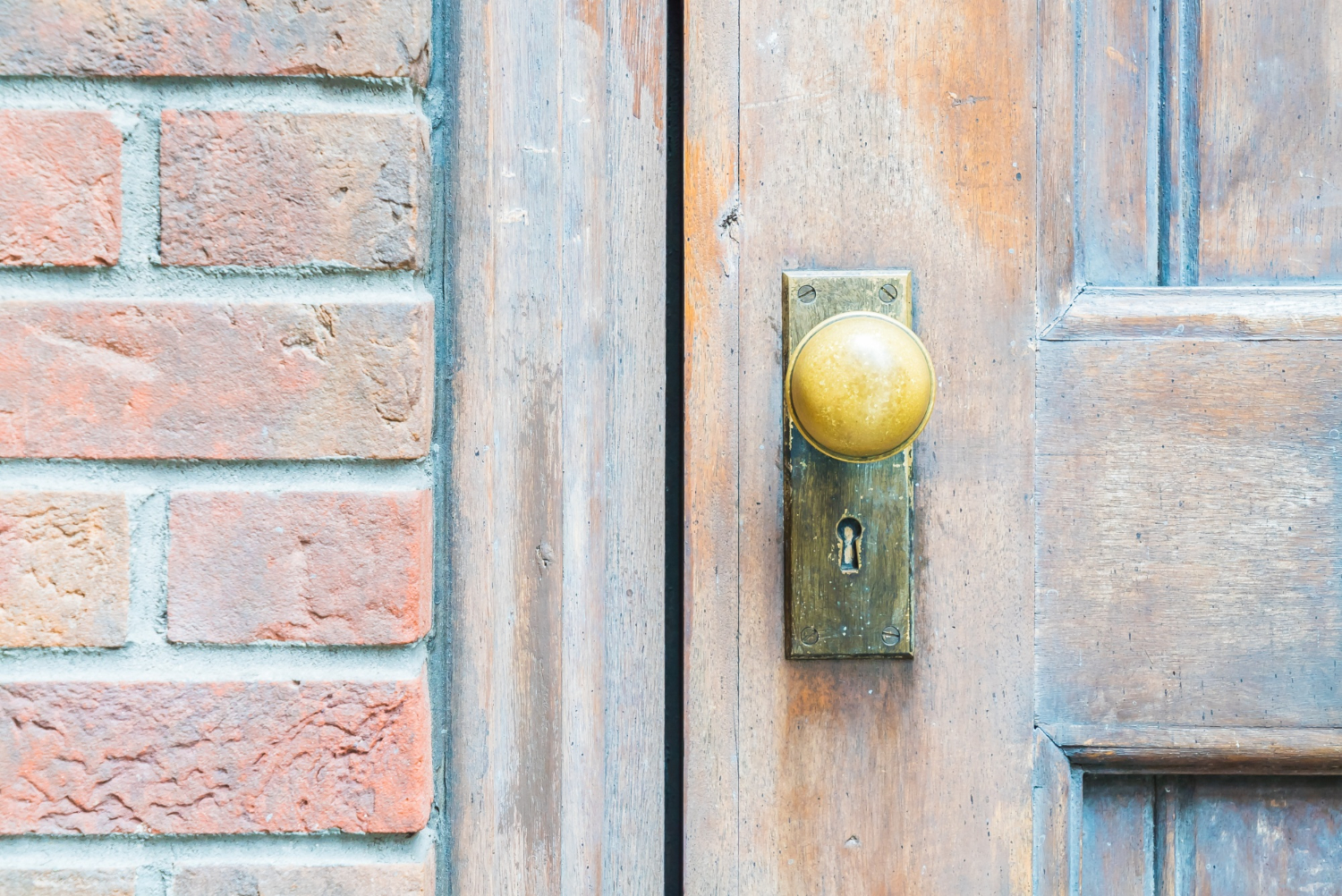
Keeping your home secure should always be a top priority, especially when it comes to outdoor areas like sheds, gates, and garages. Padlocks offer a simple yet effective solution to keep your belongings safe and deter opportunistic thieves. However, not all padlocks are created equal. Choosing the right one and installing it correctly can make all the difference. Read on for practical tips to help you choose and use outdoor padlocks to keep your home secure.
Choosing the Right Padlock
Weatherproof Padlocks for Outdoor Use
Outdoor conditions can be tough on locks. Rain, frost, and even salty air in coastal areas can cause rust and failure. Weatherproof padlocks are built to withstand these elements, typically using materials like stainless steel or brass with protective coatings. Look for models labelled specifically for outdoor use. These often come with drainage holes, plastic covers, or sealed keyways to prevent internal corrosion.
Matching Padlocks to Specific Needs
Not every padlock suits every purpose. A small padlock might work fine for a locker but won’t deter anyone from forcing open your garden gate. Here are some of the most common places padlocks are used and which types offer the right level of protection for each:
- For sheds and gates: Go for closed shackle or long shackle padlocks with hardened steel bodies.
- For storage units: Consider shutter or container padlocks, which are hard to cut or pick.
- For travel or lockers: TSA and combination padlocks are practical, but not suited for serious security.
- If you’re buying in bulk for multiple uses or properties, Nothing But Padlocks offers high-quality options across all categories, from ABUS Titalium padlocks to specialist solutions.
Understanding Security Ratings
Always Check the Security Rating
In the UK, the BS EN 12320 standard rates padlocks for strength and resistance to cutting, pulling, and twisting. Ratings range from 1 (low security) to 6 (high security). For home use, aim for a minimum level 3, though level 4 or higher is better for outdoor use. If you’re looking for extra protection, remember that padlocks with higher ratings are tested against techniques like bolt cutting, drilling, and freezing.
Installation and Maintenance
Secure the Fixing Point Too
Even the strongest padlock is pointless if it’s attached to a weak hasp, chain, or door fitting. Always use heavy-duty hasps, staples, or security chains made from hardened steel. Fix them in place with tamper-resistant screws or bolts, ideally through metal plates. You can also try to conceal the fittings as much as possible to make tampering more difficult.
Position Padlocks Strategically
Fit padlocks out of easy reach and visibility to make access harder. For example, mounting a gate padlock on the inside rather than outside can reduce tampering risk. You can also use two padlocks on high-value doors or storage spaces for added deterrence.
Maintain Your Locks Regularly
Outdoor padlocks can clog or seize over time. Here are some simple tips to avoid this:
- Apply a light spray of graphite or silicone lubricant every few months.
- Check for dirt or grit and clean around the keyway.
- Inspect for signs of tampering or rust regularly.
- Avoid using oil-based lubricants as they can trap dirt and worsen performance.
Conclusion
Outdoor padlocks give you a strong, physical defence against theft when chosen and used properly. From weather resistance to the right fittings, every detail matters. Combine smart product choices with regular checks and maintenance to protect your home long-term.


